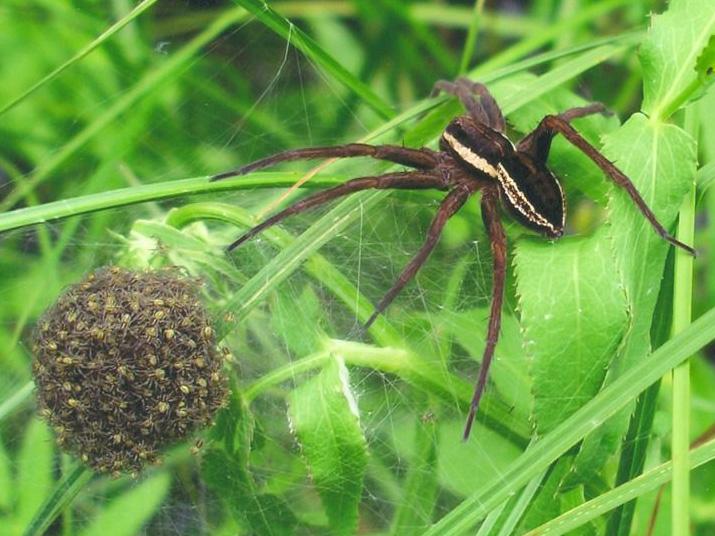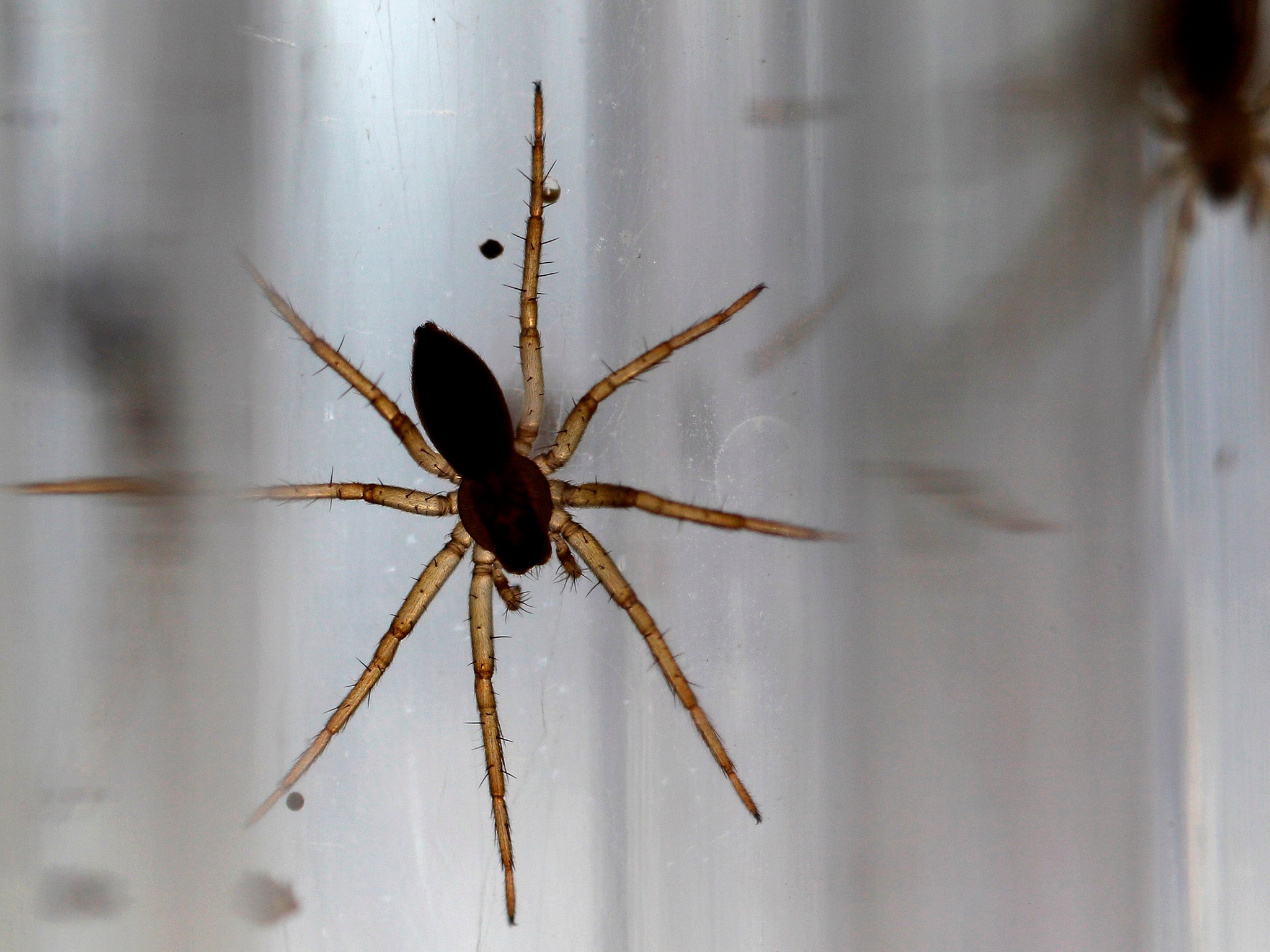Hundreds of Britain's biggest native spiders released into the wild
Endangered species has made successful recovery since conservation efforts began in 2011

Your support helps us to tell the story
From reproductive rights to climate change to Big Tech, The Independent is on the ground when the story is developing. Whether it's investigating the financials of Elon Musk's pro-Trump PAC or producing our latest documentary, 'The A Word', which shines a light on the American women fighting for reproductive rights, we know how important it is to parse out the facts from the messaging.
At such a critical moment in US history, we need reporters on the ground. Your donation allows us to keep sending journalists to speak to both sides of the story.
The Independent is trusted by Americans across the entire political spectrum. And unlike many other quality news outlets, we choose not to lock Americans out of our reporting and analysis with paywalls. We believe quality journalism should be available to everyone, paid for by those who can afford it.
Your support makes all the difference.Around 400 fen raft spiders, the UK’s largest native species of arachnid, have been released into the wild by zookeepers at Surrey’s Chessington World of Adventures.
The fen raft spider has a brown or black body with white or cream stripes along the sides. With a span of up to almost three inches (8cm), they are the largest of the UK’s 660 native species of spider.
The species only lives in fens, marshes and wetlands, using their long hairy legs to skate across the surface of the water.
The spiders are found across mainland Europe and in particular areas in the south of England and in Wales.
However, populations have declined in recent years and in Britain it has been listed as endangered.

There are only three known populations of the spider in the UK -- at Redgrave and Lopham Fen in Suffolk, the Pevensey levels in East Sussex, and Pant-y-Sais Fen and Crymlyn Bog near Swansea.
But zookeepers have been working since 2011 on a conservation programme to ensure the species’ survival.
The programme has seen populations almost double, and the species will no longer need rearing in zoos to ensure its survival.
The wetland-dwelling arachnids feed largely on other spiders, as well as dragonfly larvae, pond skaters, and even eat the occasional tadpole and small fish.
Female fen raft spiders build an egg sac for their offspring, which they routinely dip into water every few hours to keep moist.
After the spiderlings hatch, the new mother spins a nursery web up to 25cm across that forms a silk tent over the water which she guards for a week. They then disperse.
Join our commenting forum
Join thought-provoking conversations, follow other Independent readers and see their replies
Comments